Disabilities can make seemingly simple parts of life, such as choosing clothes and shoes and getting dressed for the day, much more difficult and complex. Clothing and shoes that aim to ease these burdens are known as adaptive clothes.
This area of fashion focuses on accessibility for as many people as possible, especially those who have to think about unique needs beyond just the basic look and fit of a shirt, shoe, or pair of pants.
Adaptive fashion is a growing effort thanks to increased awareness and new technologies and designs, but there is still a long way to go.
Unfortunately, many styles designed and marketed exclusively as adaptive clothing are wildly off-trend and unstylish. Some designs focus on one area, such as convenience, but sacrifice another, such as comfort or durability.
That’s why we’re so passionate about providing accessible, convenient, comfortable, stylish shoes here at Kizik. Our footwear is designed for everyone to be able to have an independent, active lifestyle.
Today we’re talking about the best shoes for those with a disability. We’re going over what features you need to have, answering a few FAQs, and mentioning the best styles along the way.
What kinds of disabilities can adaptive footwear help with?
Disabilities don’t fit into a little box. There’s a wide array of challenges people face that can make daily life more difficult. Many of those challenges can present themselves right at the start of the day while getting dressed.
For example, spinal cord disabilities could make it difficult or impossible to bend over to put on a shoe or take it off, as could conditions such as arthritis. Some mobility impairments or cognitive disabilities make the process of putting on shoes difficult as well, interfering with fine motor skills.
The list of disabilities that adaptive footwear can help with comprises almost every disability and more. Some of the most common include:
- Arthritis
- Cerebral Palsy
- Motor Neurone Disease (MND)
- Muscular Dystrophy
- Parkinson’s Disease
- Stroke
- Spinal Cord Injury (SCI)
- Diabetic shoes for those with type I or type II diabetes
Putting on and taking off shoes is a daily task many people take for granted as something easy, but it isn’t that way for everyone. While managing all the symptoms of a disease or disability is a huge effort, adaptive footwear can remove at least some of those challenges.
Comfortable shoes for disabled people: Adaptive vs. standard
Other than who they are intended for, what are the actual differences between adaptive shoes and “standard” shoes?
Adaptive footwear must be designed to meet certain needs of people with disabilities. In most cases, they are easy to put on and take off, supportive, slip-resistant, comfortable, spacious, and durable.
Many adaptive styles are made without laces, instead using velcro straps or zippers. However, this isn’t always the most popular solution since it looks so different from the typical laced style. True hands-free styles like our shoes here at Kizik, however, don’t need to be tied every time, thanks to the easy slip-on technology in place.
Another difference commonly seen in adaptive shoes is that they are made more spacious and flexible than regular shoes. This accommodates more sensitive or swollen feet that vary in width, letting them rest without being constricted or unnecessarily stressed.
Ultimately, adaptive shoes and “standard” shoes can look and feel the same, depending on what features they have. Other than the difference in the intended audience, it’s really down to the design and qualities of the shoe as to whether they can serve a wearer with special needs well.
Even some adaptive shoes aren’t truly up to spec, so you should always carefully consider each feature before making a purchase. To that end, let’s go over the most critical features in greater detail now.
Qualities of disability-friendly shoes
The most important qualities of adaptive footwear aren’t exclusive to disabled people. Everyone can benefit from these features in a pair of shoes, but they are especially important given the greater challenges our disabilities pose.
Convenience: Ease of entry & exit
Disabilities can make an easy part of the day, such as putting on your shoes, difficult and tedious. The first quality to look for in adaptive shoes is guaranteeing convenience when it comes to those tasks.
Slip-on shoes are the obvious solution for making the dressing and undressing portion of footwear easier. There are hundreds or thousands of supposed “slip-on” designs, but the results vary widely.
Most slip-on shoes are hardly different from regular shoes at all. They may have a flexible upper, a slightly bendy heel, or lack laces, but that doesn’t make them completely convenient. Many slip-on shoes struggle with ending up too tight or too loose.
You may have to wiggle your foot around for minutes just to get into or out of them, or you have to use your hands to help. Even if you can force your way, often, a rigid upper ends up causing pain throughout the process.
Our original Kizik HandsFree Labs® technology finally puts those problems in the past, once and for all. Thanks to a seamlessly integrated plastic flex cage, our shoes slide right down with your foot as you enter, and then the heel pops right back into place without a fuss or the need to lace up. No hands needed, no messed up socks or hurt feet, and no hassle.
Some styles, like our Kizik Athens, implement our hands-free technology with visual flair. Others, like our Kizik Lima, take a more subtle approach with a hidden cage. Whichever you prefer, you’ll enjoy genuine convenience in your day-to-day life again. That means more time to get back to what matters.
Slip prevention: Must-have for activewear
If you want to live an active life, your adaptive footwear needs to support your efforts.
Falls are a greater risk for many disabled people in terms of how easily they can occur and how devastating they can be. Taking steps to protect yourself with proper support and stability is essential, especially if you intend to exercise in your adaptive athletic shoes.
To minimize fall risks, ensure your shoes have great traction. Rubber is one of the most effective materials for achieving good traction. Grooves, pads, and more can also enhance traction and stability.
Our styles at Kizik are always designed with stability in mind. From rubber traction pads in our classic styles like the Lima to the tag team of traction grooves and an extra wide stance in our Kizik Roamers, we’ve put in the work to steady our shoes, so you can take it a little easier as you walk, climb, or adventure forward.
Comfortable insoles
Insoles are the part of your shoe that goes directly under your feet. They are the first line of defense between your skin and bones and the rest of the world, so they must be up to the task.
Our Kizik insoles are exceptionally comfortable and easily removable, so you can wash them without worry or swap them out with new insoles. Since many disabilities require unique, medically-recommended orthotics inserted into your everyday walking shoes, this feature adds another level of versatility and accessibility for all.
Supportive outsoles
In order to support a more active, independent lifestyle for disabled people, adaptive shoes need to have exceptionally supportive outsoles.
Outsoles with plenty of shock absorption are especially important for those with physical disabilities, such as muscular dystrophy or arthritis. When each step can be more taxing on the body, great outsoles can ease the burden.
Whether you’re looking for adaptive workout shoes or just extra-comfy everyday footwear, support and high-quality outsoles are a must-have. Ensure they are durable, too, so your shoes don’t feel like cardboard platforms after just a few weeks or months!
Our Kizik hands-free shoe styles are always built with the best support possible, such as the Rabbit Foam (similar to memory foam, but better) outsoles used in our Kizik Athens design. Soft as a cloud but strong enough for whatever your day brings, our shoes will support you for a long time to come.
Kizik: The perfect shoes for those with disabilities
The disabled community doesn’t let any of the challenges we face hold us back, and innovative technologies like the ones we work towards here at Kizik can help empower us all even further.
Try styles like our Kizik Lima, Roamer, Prague, and more to see how our hands-free technology and comfort-focused designs can enhance your everyday life, starting today.
For more guides like this one, become a subscriber to the Kizik blog and follow us on social media! You can also give the gift of adaptive footwear with a Kizik gift card.
Sources:


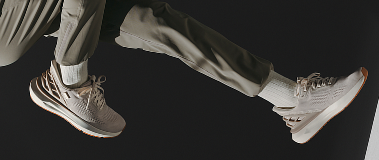


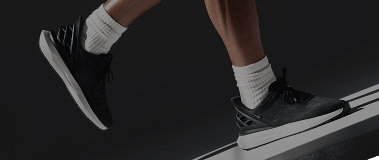
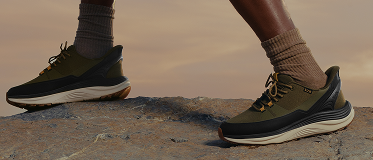
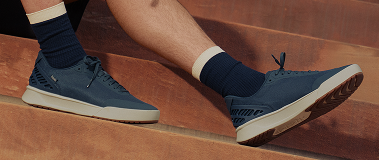
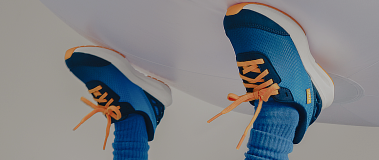
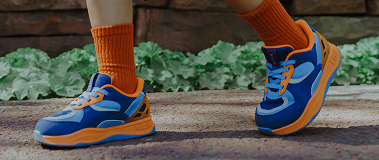
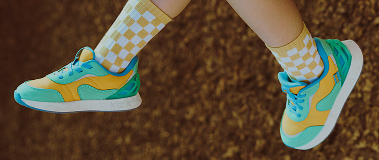

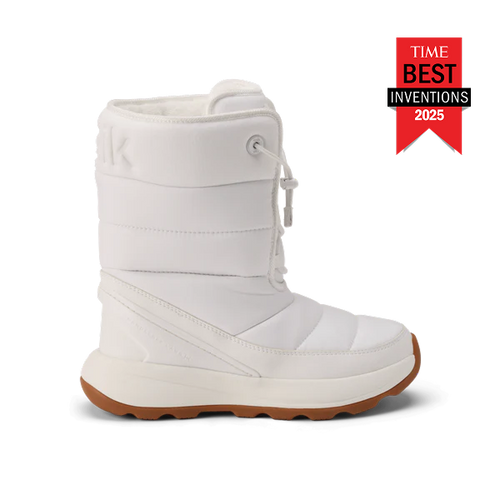


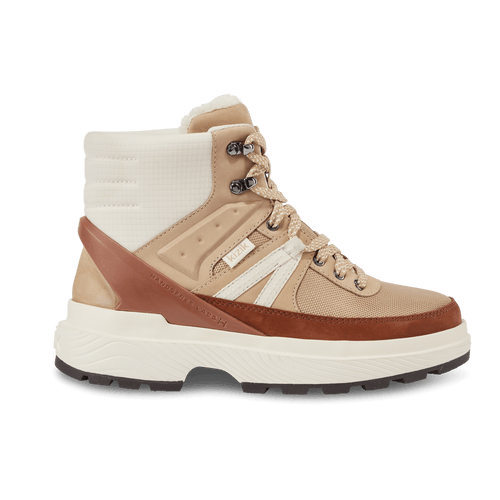
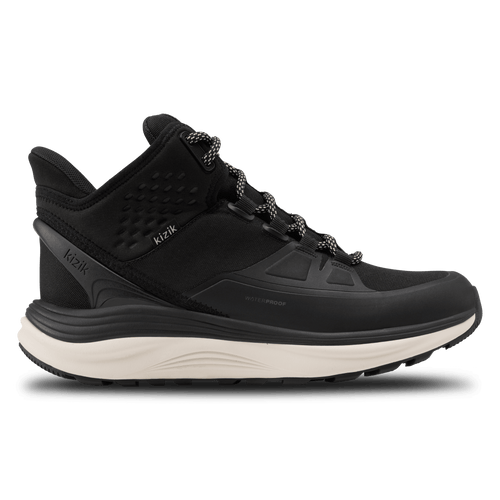








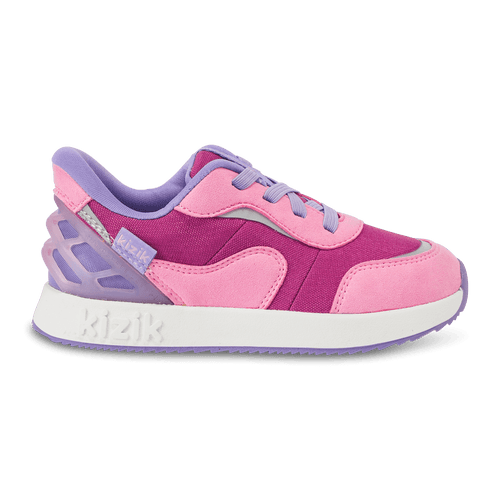



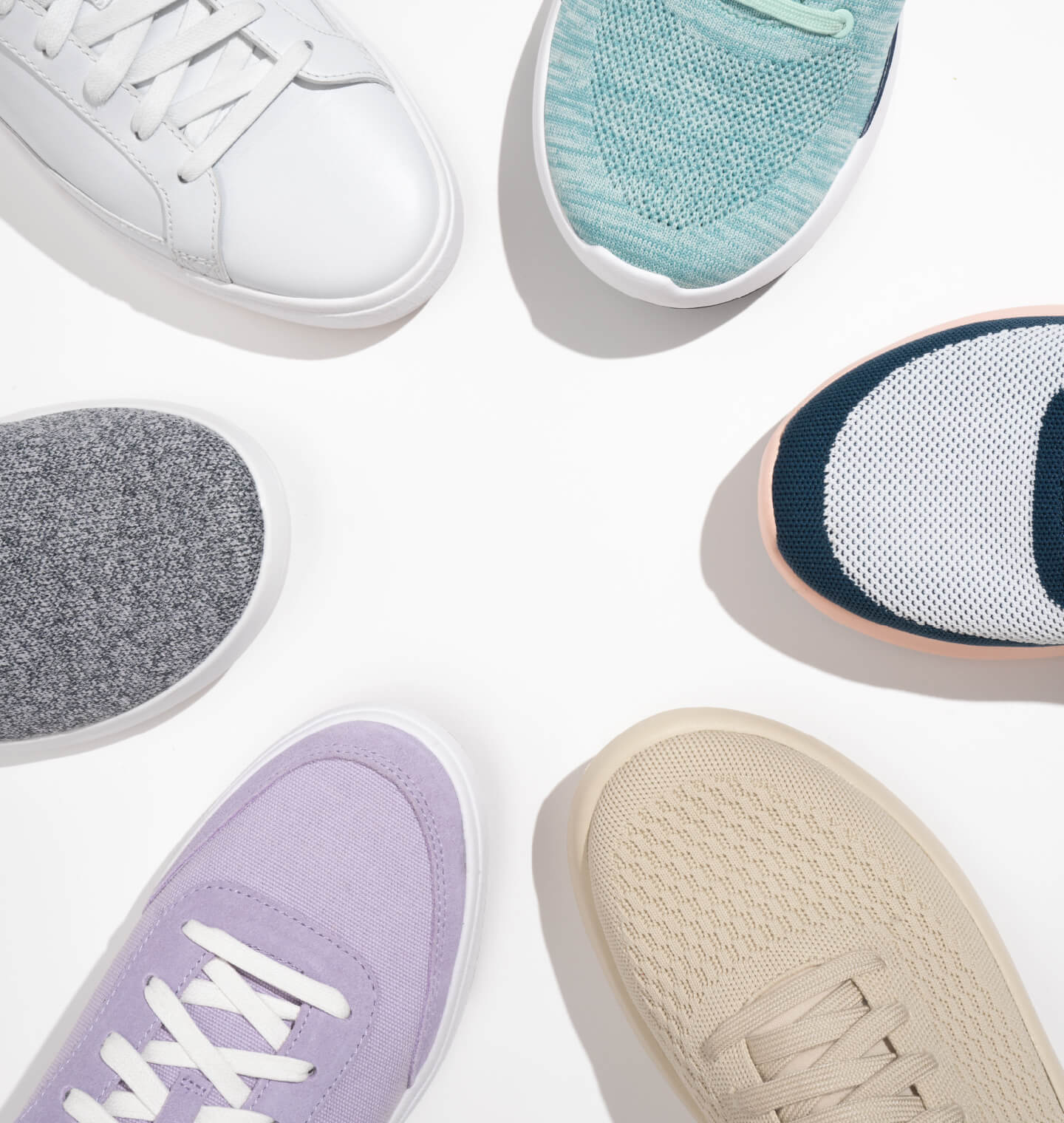
Leave a comment
This site is protected by hCaptcha and the hCaptcha Privacy Policy and Terms of Service apply.